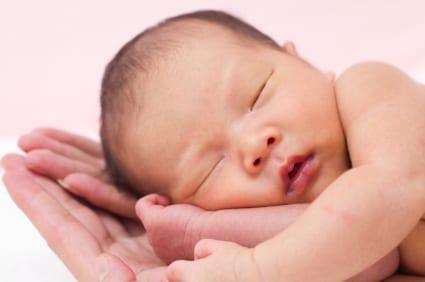
Many couples who would like to start a family have difficulty doing so.
This disappointing and frustrating situation is more common than many people realize, affecting approximately one couple out of six worldwide.
Given that female infertility issues receive so much attention, it may surprise some to learn that a couple’s inability to conceive is attributable to male infertility approximately half of the time.
Most Common Reason for Male Infertility
One of the most common reasons for male infertility is azoospermia, a condition of having no sperm in the semen. Azoospermia is present in about 20% of male infertility cases in Europeans and 25% of male infertility cases in Chinese men. There are two main types of azoospermia: obstructive azoospermia and non-obstructive azoospermia (NOA).
In obstructive azoospermia, the sperm are blocked by a physical obstruction, such as a vasectomy. In NOA, no physical barrier to sperm delivery is present and the absence of sperm in the semen is usually due to a lack of sperm production.
Genetic Research
Recently, a group of researchers from China, led by Zhibin Hu and Jiahua Sha of Nanjing Medical University, reported novel genetic associations with NOA in the journal Nature Genetics.
These researchers compared about 3,000 Chinese men diagnosed with NOA to 5,734 Chinese men without the condition. They found two variants associated with higher odds of NOA. They also found a third SNP associated with NOA, although the effect was slightly smaller impact.
GENES Involved
The first of these SNPs is located near the PRMT6 gene. Some studies suggest that a gene called PRMT5, which is related to PRMT6, may be involved in sperm and egg development in fruit flies, mice, and possibly some fish.
In humans, the enzyme encoded by PRMT6 may regulate another gene thought to be involved in pairing together chromosomes during the formation of sperm. The second SNP, , is located near the genes PEX10 and MMEL1, both of which have also been associated with male fertility in other animals.
The question of why some couples struggle to conceive is of great personal importance and impact to many, and genetic research is just starting to uncover common genetic variation that may influence human fertility.
Many genes and non-genetic factors are likely to be involved in NOA, and many other conditions may contribute to male infertility besides NOA. This study provides insights into some possible genetic factors influencing male infertility in Asian men but more studies are needed to confirm these associations — and find new ones — in other populations.




